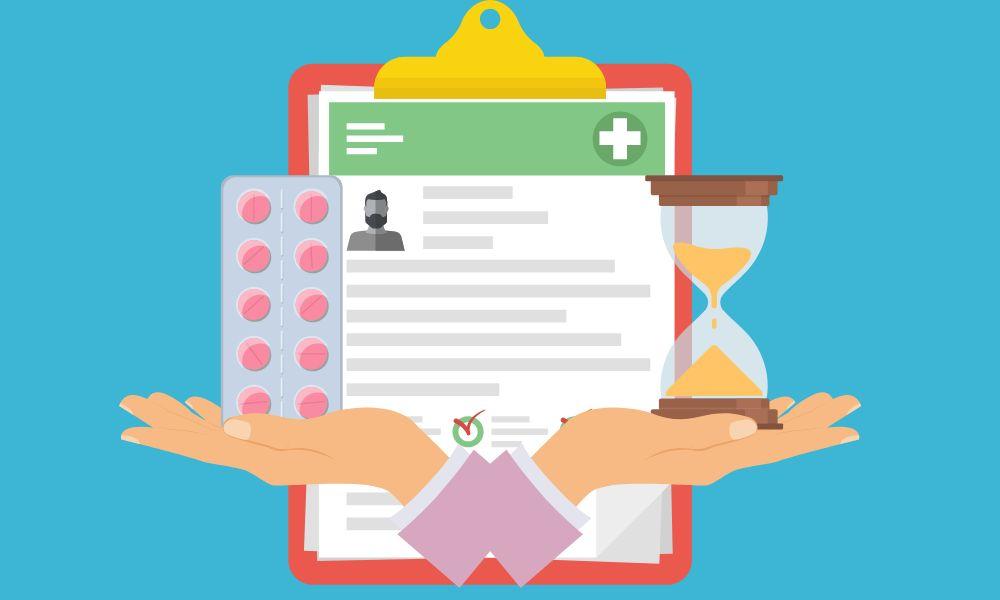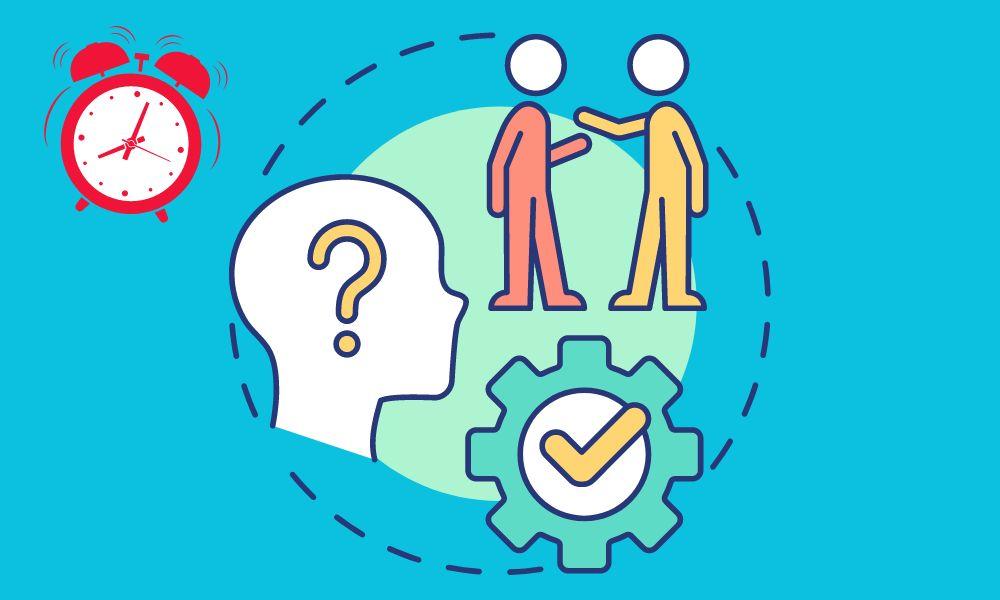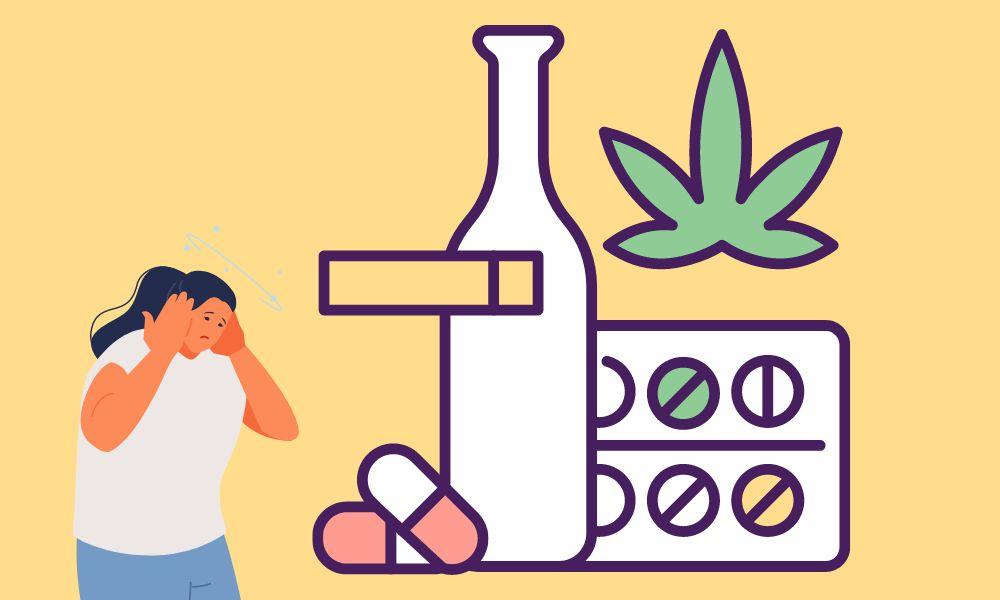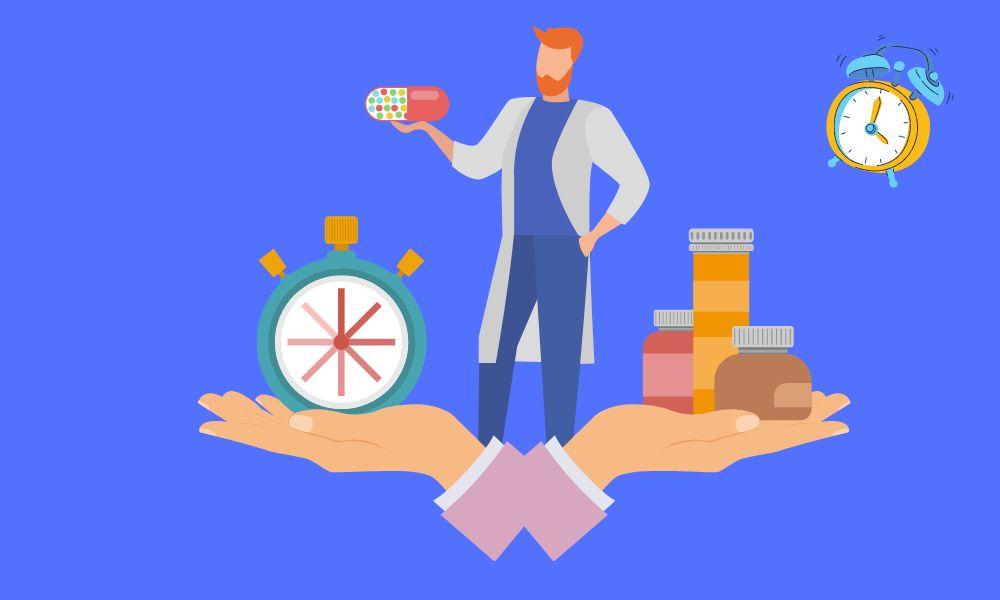
How Does Cognitive Behavioral Therapy Help Insomnia:- For countless individuals trapped in the exhausting cycle of sleeplessness, the quest for rest can feel endless. While medications like Zopiclone offer a short-term reprieve, they often fail to address the underlying causes of insomnia, leading to a dependency that can be difficult to break. In the search for a sustainable, long-term solution, Cognitive Behavioral Therapy for Insomnia (CBT-I) has emerged as the gold-standard, first-line treatment recommended by sleep specialists worldwide. Unlike a quick fix, CBT-I is a structured, evidence-based program that equips you with the tools and understanding to reclaim your sleep naturally and permanently by transforming your thoughts and behaviors around sleep.
This powerful therapeutic approach moves beyond merely managing symptoms and instead targets the very cognitive and behavioral patterns that perpetuate sleep difficulties. It operates on the fundamental principle that while you may not have control over the initial triggers of your insomnia (such as stress or a traumatic event), you have immense power to change the conditioned responses that keep it alive. This blog will serve as your in-depth guide to understanding CBT-I, exploring its core components, its proven effectiveness, and how you can embark on this transformative journey towards achieving the restorative sleep you deserve, without relying on medication.
Contents
- 1 Understanding the Vicious Cycle of Insomnia
- 1.1 1. Cognitive Therapy: Restructuring Your Thoughts About Sleep
- 1.2 2. Behavioral Strategies: Relearning How to Sleep
- 1.3 3. Sleep Hygiene Education: Optimizing Your Lifestyle
- 1.4 The Proven Effectiveness of CBT-I
- 1.5 Frequently Asked Questions (FAQs)
- 1.6 Tips and Extra Tips for Implementing CBT-I Principles
- 1.7 Conclusion: Embracing a Sustainable Path to Restorative Sleep
- 2 Author Details
Understanding the Vicious Cycle of Insomnia
To appreciate how CBT-I works, one must first understand the model it is designed to break: the 3P Model of Insomnia (Predisposing, Precipitating, and Perpetuating factors). We all have certain predisposing factors, like a naturally anxious temperament, that make us more vulnerable to sleep problems. A precipitating factor, such as a new job, a loss, or a period of intense stress, then triggers a bout of acute insomnia. For most people, sleep normalizes once the stressor passes. However, for some, the insomnia becomes chronic due to perpetuating factors—the maladaptive behaviors and thought patterns we adopt in a desperate attempt to cope with sleeplessness.
These perpetuating factors create a vicious, self-fulfilling cycle. You might start spending excessive time in bed “trying” to sleep, which leads to fragmented sleep and associates the bed with frustration rather than relaxation. You might begin to dread bedtime, fueling performance anxiety and a hyper-aroused state that is the antithesis of sleep. You might consume excessive caffeine to combat daytime fatigue, further disrupting your sleep drive. CBT-I is meticulously designed to identify and dismantle each of these perpetuating factors, systematically breaking the cycle and allowing your natural sleep drive to reassert itself.
The Core Components of Cognitive Behavioral Therapy for Insomnia (CBT-I)
CBT-I is a multi-faceted treatment typically delivered over 6-8 weekly sessions by a trained therapist. It combines cognitive therapy, which tackles the anxiety and negative beliefs about sleep, with behavioral techniques, which promote healthy sleep habits and strengthen the bed-sleep connection. The synergy between changing your mindset and changing your actions is what makes CBT-I so profoundly effective. The following components are the pillars of this treatment, each playing a critical role in rebuilding a healthy relationship with sleep.
1. Cognitive Therapy: Restructuring Your Thoughts About Sleep
The cognitive component of CBT-I addresses the racing mind, the clock-watching, and the catastrophic thinking that so often accompanies chronic insomnia. Individuals with insomnia frequently develop deeply held, distorted beliefs about sleep and the consequences of sleeplessness, such as “I must get eight hours of sleep or I’ll get sick,” or “If I have a bad night’s sleep, the next day will be a total write-off.” These thoughts generate significant anxiety at bedtime, putting the body into a state of fight-or-flight that is completely incompatible with sleep.
A CBT-I therapist helps you to identify, challenge, and reframe these unhelpful thoughts through a process known as cognitive restructuring. You will learn to examine the evidence for your anxious thoughts, develop more balanced and adaptive perspectives (e.g., “I have functioned on less sleep before, I can handle today”), and reduce the performance pressure you place on yourself to sleep. By dismantling the cognitive arousal that fuels insomnia, you create the mental quietude necessary for sleep to occur naturally.
Read Also:- Cognitive Behavioral Therapy for Insomnia (CBT-I): An Overview
2. Behavioral Strategies: Relearning How to Sleep
While cognitive therapy calms the mind, the behavioral techniques of CBT-I retrain the body and reinforce positive sleep patterns. These strategies are practical and action-oriented, designed to directly influence your sleep physiology and habits.
- Stimulus Control Therapy: This is arguably the most crucial behavioral intervention. Its goal is to break the negative association between the bed and activities like worrying, being on your phone, or lying awake frustrated. The rules are strict but highly effective: you only go to bed when you feel sleepy, you use the bed only for sleep and sex (no reading or watching TV), and if you are awake in bed for more than 20 minutes, you must get up and go to another room to do a quiet, relaxing activity until you feel sleepy again. This repeated action strengthens the powerful mental connection between the bed and sleep.
- Sleep Restriction Therapy: This sounds counterintuitive but is incredibly effective. It involves temporarily limiting your time in bed to match your actual average sleep duration. For example, if you report 8 hours in bed but only sleep 6, your initial time in bed would be restricted to 6 hours. This creates a mild sleep debt, which helps you fall asleep faster and achieve more consolidated, efficient sleep. As your sleep efficiency improves, the time in bed is gradually increased until you achieve a optimal duration of restful sleep.
- Relaxation Training: For those whose insomnia is linked to physical tension or a racing mind, CBT-I incorporates techniques like diaphragmatic breathing, progressive muscle relaxation, and mindfulness meditation. These practices lower overall arousal levels, reduce anxiety, and prepare both the body and mind for a peaceful transition into sleep, making them invaluable tools to use both at bedtime and during nighttime awakenings.
3. Sleep Hygiene Education: Optimizing Your Lifestyle
While often mistakenly presented as a complete treatment on its own, sleep hygiene is an essential supportive element within CBT-I. It focuses on modifying lifestyle and environmental factors that influence sleep. Key areas include:
- Creating a restful bedroom environment that is cool, dark, and quiet.
- Establishing a relaxing pre-sleep routine to signal to your body that it’s time to wind down.
- Managing the intake of stimulants like caffeine and nicotine, especially in the afternoon and evening.
- Avoiding alcohol close to bedtime, as it disrupts sleep architecture later in the night.
- Incorporating regular exercise (but avoiding vigorous activity too close to bedtime).
The Proven Effectiveness of CBT-I
The efficacy of CBT-I is not based on anecdote; it is robustly supported by decades of clinical research. Studies consistently show that CBT-I is highly effective for the majority of people with chronic insomnia. It typically helps individuals fall asleep faster, spend less time awake during the night, and significantly improves sleep quality. Perhaps most importantly, the benefits of CBT-I have been proven to be durable, lasting long after the active treatment has ended—a claim that medications cannot make. Furthermore, CBT-I has been shown to be effective across diverse populations, including those with insomnia comorbid with other conditions like depression, anxiety, and chronic pain.
Frequently Asked Questions (FAQs)
Q1: How long does it take for CBT-I to work?
A: While some people notice improvements within a few weeks, the full benefits of the program are typically realized upon completion of the 6-8 week course. The skills learned become lifelong tools, ensuring the benefits are maintained long-term.
Q2: Is CBT-I available online?
A: Yes, digital CBT-I programs have been extensively researched and shown to be highly effective. They offer a flexible, accessible, and often more affordable option for many people, providing the same core components through structured online modules and sometimes with therapist support.
Q3: Can I do CBT-I while tapering off sleep medication?
A: Absolutely. In fact, this is a highly recommended approach. Working with your doctor, you can use CBT-I to develop healthy sleep skills as you gradually reduce your medication dosage, making the tapering process smoother and more sustainable.
Q4: Is CBT-I suitable for everyone with insomnia?
A: CBT-I is effective for most adults with chronic insomnia. However, it may not be the first step for those with untreated sleep apnea, severe untreated depression, or certain other medical conditions. A consultation with a healthcare provider or sleep specialist is recommended to determine the best course of action.
Tips and Extra Tips for Implementing CBT-I Principles
- Tip: Be patient and consistent. Retraining your sleep is a process that requires practice and commitment. Don’t expect overnight miracles; trust the system.
- Tip: Keep a sleep diary diligently. The data you record is invaluable for your therapist (or yourself) to track progress and make precise adjustments to your therapy plan.
- Extra Tip: Practice your relaxation techniques during the day, not just at night. This helps you become proficient with them and lowers your overall baseline anxiety, making it easier to implement them when you need them most.
- Extra Tip: If you get up during the night due to the 20-minute rule, avoid bright lights and stimulating activities. Instead, try listening to a calm audiobook or podcast, reading a physical book in dim light, or doing some gentle stretching.
Conclusion: Embracing a Sustainable Path to Restorative Sleep
Cognitive Behavioral Therapy for Insomnia represents a paradigm shift in how we treat sleep disorders. It moves away from the external, temporary crutch of medication and empowers individuals with the internal, lasting skills to become their own best sleep experts. By systematically addressing the cognitive distortions that fuel nighttime anxiety and the behaviors that weaken the sleep drive, CBT-I doesn’t just provide a short-term fix; it facilitates a fundamental rewiring of your relationship with sleep. The journey requires active participation and courage to face and change long-held habits, but the reward is profound: the liberation from the fear of the night and the confident ability to achieve natural, restorative sleep for years to come. If you are tired of being tired and seek a solution that addresses the root of the problem, exploring CBT-I is the most scientifically validated and empowering step you can take.
For Healthcare Professionals:
*While CBT-I is the cornerstone of non-pharmacological management, there remains a place for hypnotic medication in certain clinical scenarios. Zopiclone, a cyclopyrrolone derivative, is a non-benzodiazepine hypnotic agent that acts as a positive allosteric modulator at the GABA-A receptor complex, enhancing inhibitory neurotransmission. It is indicated for the short-term treatment (usually 2-4 weeks) of severe insomnia incapacitating to the patient. Prescribers must be vigilant of its potential for tolerance, dependence, and withdrawal symptoms upon discontinuation, particularly after prolonged use. It is contraindicated in patients with severe respiratory insufficiency and requires dose adjustment in the elderly and those with hepatic impairment. Its use should always be within a broader treatment plan that prioritizes addressing underlying causes and, where appropriate, facilitating access to CBT-I.
Author Details




Medical content by qualified psychiatrists
Our editorial policy

Zopiclone precautions Read our potential abuse notice

Looking for a seller? Locate the best Zopiclone vendor





